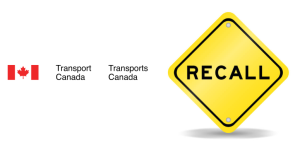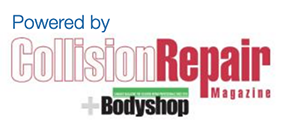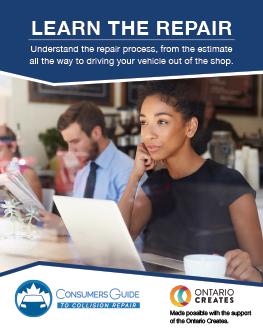There are many instances where drivers will encounter animals on the road, whether they see it coming or not its best to know what steps to take when an animal darts out in front of your vehicle.
From domestic, to farm, to wild animals it’s likely that every driver will encounter an animal on the road throughout their driving career. Between 1999 to 2008 there was a 10 percent increase in collisions involving animals, though many of these occurrences still go unreported.
The best thing to do is to always be prepared, in order to reduce your chances of hitting an animal you’ll want to:
- Slow down in the dark, rain and fog: bad conditions can reduce your ability to see an animal near the road.
- Drive at a safe speed and stay alert: inattention and speed are common factors in animal-related collisions.
- Watch for shining eyes at the roadside: slow down and be prepared to stop if you see glowing eyes.
- Ensure your windshield is clean and headlights are adjusted properly
- Use your high beams when possible and safe to do so, and always look ahead to both sides of the road.
Though being prepared will reduce your chances of colliding with an animal, it will not eliminate the possibility completely. It’s just as important to know what to do in case of a collision as it is to be prepared.
If you encounter an animal on the road you’ll want to slow down (if safe to do so) and honk your horn in short bursts to try and alert the animal to your approaching car. Avoid swerving at all costs as doing so may cause you more damage than hitting the animal.
Be aware of other animals that may be travelling with the one directly in your path, and never attempt to swerve/go around the animal. Their movements are unpredictable and swerving could put you in more danger than necessary.
If you hit a deer or a moose, report it to the local police service or Ministry of Natural Resources, never try and move an injured animal as they may thrash out and injure you in the process.
Ultimately the best course of action is to be prepared in case of an animal encounter, knowing what to look out for and what to do when a significant collision occurs.
Don’t forget to always practice proper road safety while driving and call 9-1-1 in case of an emergency.
The Consumers Guide to Collision Repair is dedicated to assisting individuals involved in automotive collisions and providing them with the tools and information needed in order to make the collision repair process as easy as possible.








